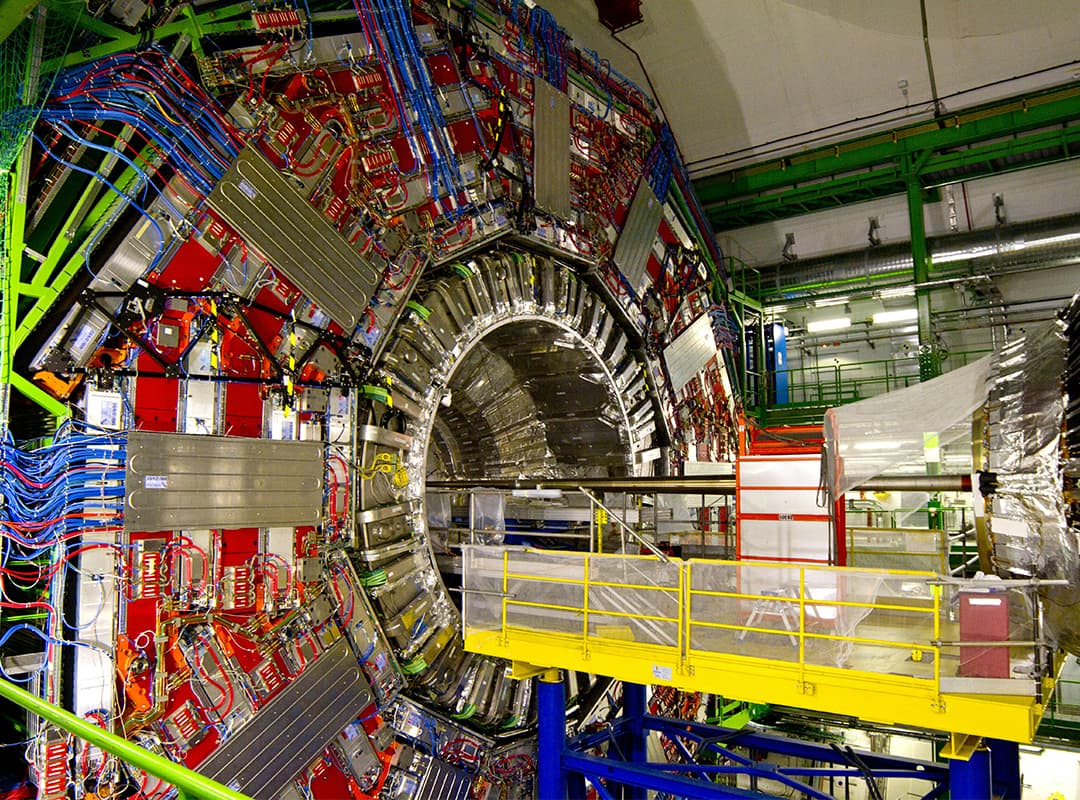The economic dimensions of nuclear disarmament are significant, influencing national budgets, international relations, and global security. As the world grapples with the challenge of reducing and eventually eliminating nuclear weapons, understanding the economic implications of these efforts is crucial. This article examines the economic benefits and costs associated with nuclear disarmament, highlighting the impact on national economies, the potential for reallocating resources, and the comparison of historical nuclear tests like Tsar Bomba vs. Castle Bravo to illustrate the scale of the problem.
Economic Benefits of Nuclear Disarmament
- Cost Savings on Nuclear Programs Maintaining and modernizing nuclear arsenals requires substantial financial resources. For instance, the upkeep of the world’s nuclear arsenal involves significant expenditures on weapons development, maintenance, and security. Disarmament efforts can lead to considerable cost savings by reducing or eliminating these expenditures. Resources previously allocated to nuclear programs can be redirected towards other critical areas such as healthcare, education, and infrastructure.
- Reduced Risk of Nuclear Accidents and Warfare The economic impact of nuclear accidents or conflicts can be catastrophic, with potential costs including humanitarian relief, environmental cleanup, and long-term health care. By advancing disarmament and reducing the risk of nuclear conflict, countries can mitigate these potential economic burdens. The reduction in the risk of nuclear accidents and warfare also contributes to greater global stability, which can foster economic growth and international cooperation.
- Enhanced Global Trade and Investment A stable and secure global environment, free from the threat of nuclear conflict, can boost international trade and investment. Countries with reduced nuclear tensions are likely to attract more foreign investment and engage in more robust economic partnerships. The prospect of a nuclear-free world can enhance global economic stability and promote a more favorable environment for economic development and trade.
Economic Costs of Nuclear Disarmament
- Immediate Disarmament Costs The process of dismantling nuclear arsenals and decommissioning associated facilities involves substantial immediate costs. These expenses include safely dismantling warheads, managing radioactive materials, and converting or decommissioning production facilities. Countries undertaking disarmament initiatives must invest in specialized technologies and procedures to ensure the safe and effective elimination of nuclear weapons.
- Potential Impact on National Security Budgets In the short term, reducing or eliminating nuclear arsenals may impact national security budgets and defense strategies. Some nations may perceive a loss of strategic deterrence, which could lead to increased spending on alternative defense measures. Balancing the costs of disarmament with ongoing security needs requires careful planning and coordination to avoid undermining national security.
- Economic Disruption in Nuclear-Dependent Industries The nuclear weapons industry supports various sectors, including manufacturing, research, and technology. Disarmament efforts may lead to job losses and economic disruption in regions dependent on these industries. Transitioning workers and communities affected by disarmament requires targeted economic support and investment in alternative industries and job creation.
Historical Context: Tsar Bomba vs Castle Bravo
- Tsar Bomba Tsar Bomba, detonated by the Soviet Union in 1961, remains the most powerful nuclear bomb ever detonated. Its explosion had a yield of approximately 50 megatons of TNT, demonstrating the immense destructive capacity of nuclear weapons. The economic and environmental impact of such a massive explosion underscores the need for disarmament and highlights the economic risks associated with maintaining large nuclear arsenals.
- Castle Bravo Castle Bravo, the largest nuclear test conducted by the United States in 1954, had a yield of 15 megatons. The test caused significant environmental damage and exposed the limitations of existing nuclear testing protocols. The fallout from Castle Bravo affected local populations and demonstrated the far-reaching economic and humanitarian consequences of nuclear testing.
Comparing these historical tests illustrates the vast scale of destruction associated with nuclear weapons and reinforces the economic rationale for disarmament. The costs of such tests, both immediate and long-term, underscore the benefits of reducing and ultimately eliminating nuclear arsenals.
The economic aspects of nuclear disarmament encompass both benefits and costs. While disarmament offers the potential for significant cost savings, reduced risk of nuclear conflict, and enhanced global economic stability, it also involves immediate expenses and potential disruptions to national security and nuclear-dependent industries. Historical examples such as Tsar Bomba vs. Castle Bravo highlight the substantial economic and environmental impacts of nuclear weapons, reinforcing the importance of disarmament efforts. By carefully managing the economic implications and focusing on the long-term benefits, nations can work towards a more secure and economically stable world, free from the threats posed by nuclear weapons.
